Patrick Soon-Shiong Brings Hope to the Los Angeles Times
The new owner has a chance to do a great public service by reviving the civic treasure, battered by years of dictatorial and incompetent regimes. But he'll soon learn that running a newspaper is not science or showmanship.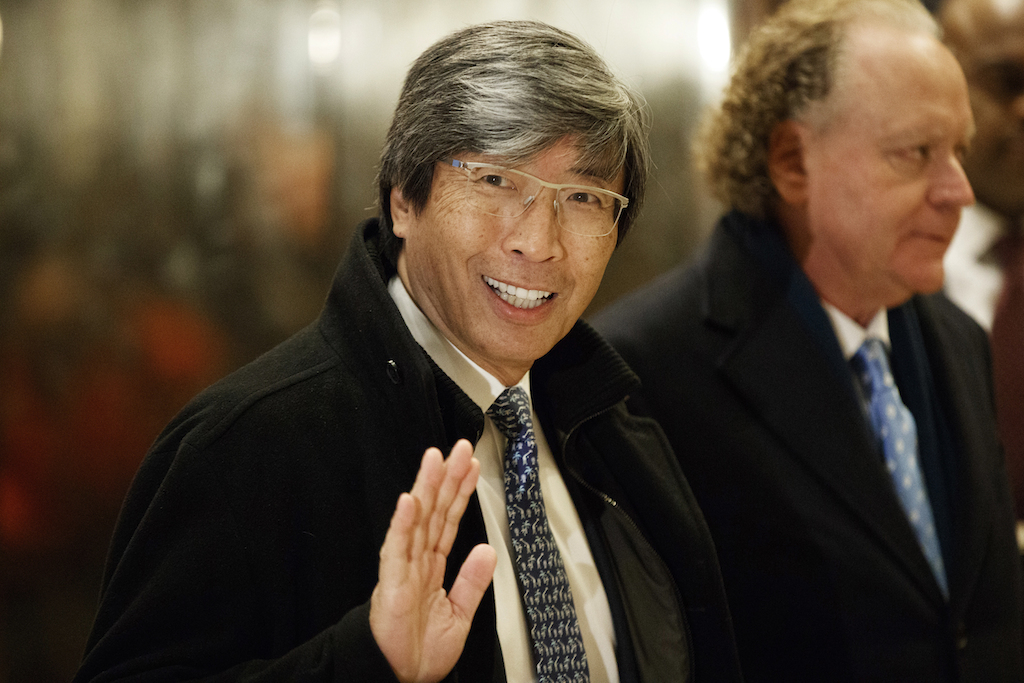 Patrick Soon-Shiong waves as he arrives at Trump Tower in New York for a meeting with President-Elect Donald Trump in 2017. (Evan Vucci / AP)
Patrick Soon-Shiong waves as he arrives at Trump Tower in New York for a meeting with President-Elect Donald Trump in 2017. (Evan Vucci / AP)
The new owner of the Los Angeles Times reflects a California phenomenon, dating back to Gold Rush days, of an unknown emerging from obscurity, reinventing himself, accumulating great wealth and then reshaping his world to fit his vision.
Patrick Soon-Shiong, 65, is a physician and well-known medical researcher specializing in cancer cures. Forbes says he is worth $7.8 billion and is America’s richest doctor. He did this by inventing an anti-cancer drug and by starting, selling and merging medical companies. That created a complex web of holdings that has left him a trail of fervent admirers and equally fervent critics. If his purchases of the Los Angeles Times and its sister paper, the San Diego Union-Tribune, go through, he will become one of Southern California’s most influential civic leaders.
He will step into the boots of another Californian who reinvented himself, Gen. Harrison Gray Otis, patriarch of the Chandler clan, the man who created the L.A. Times. As was the case for Otis, the challenge facing Soon-Shiong is immense.
Years of ownership by the Tribune Company, now Tronc, along with a sharp local and national decline in newspaper subscribers and advertisers, have left the Times a shadow of what it once was under the Chandlers.
To succeed, Soon-Shiong must restore a newspaper that was one of the best in the media business. He has to arm it for a new era with many more editors and reporters and a retooled digital operation that will make it an essential destination for readers. His Times must be a watchdog for Southland communities from the high desert, through the San Fernando and San Gabriel valleys, across the Los Angeles County flatlands and the coast, where Soon-Shiong is a major property owner. And Soon-Shiong must permit an enlarged staff to report deeply and fairly, without fear of offending him, his business associates or his friends. Hollywood coverage must be invigorated, as well as the sports pages. Washington and national coverage should be brought back to the level of a prestigious past. The best internet business minds should be added to the team.
I wanted to hear his plans. In my 31 years at the paper and as a freelance writer afterward, I never had trouble getting through to whomever happened to be the big boss at the Times. That wasn’t the case with Soon-Shiong.
I emailed Jen Hodson, his spokeswoman. Hodson hasn’t replied. But in an interview with the Times in 2017, when Soon-Shiong was just a part owner and was feuding with Tronc management, he sounded impressive. “My goal is to try and preserve the integrity and the viability of the newspaper,” he said.
As an Asian-American immigrant, he reflects the population and culture of his adopted city.
Soon-Shiong was raised in apartheid South Africa, where his Chinese ancestry slowed but did not stop his medical education. Overcoming obstacles, he and his South African-born wife, Michele B. Chan, an actress, ended up in Los Angeles, where he joined the UCLA faculty and began winning acclaim for pioneering operations and development of cancer-cure medicines. “We were not black, and we definitely were not white [in South Africa],” Soon-Shiong said in an oral history for the National Museum of American History in 2016.
“We could get on the bus, but we couldn’t sit in the regular compartments with everyone else,” he explained. “I grew up with black friends, white friends, Chinese friends, Indian friends. Growing up in apartheid South Africa, we were always the underdogs. It gave me insight into the dignity and strength of the underdog. So part of what Michelle and I do, consciously or unconsciously, is always fighting for the underdogs in this country and for ourselves.”
While living in South Africa, Soon-Shiong told Larry King in an interview, “I was an active student, meaning I refused to carry my ID card. I was arrested, put into a police station because I refused to carry an ID card. I think that’s the kind of strength and dignity that that country taught me.”
“The fact that we have a minority, an Asian-American (owning the Times), makes me feel proud,” Ryu said. “Him heading up a giant like that shows that anyone can come here, in Los Angeles, in Hollywood, where your dreams come true, where you can have a fresh start, where you can have a rebirth. This is a fresh start and rebirth for our paper.”
Ryu went on: “I met him. I served on the board of the Asian Business Association of Los Angeles. We honored him as a business leader. He was super-humble, super-approachable, very tall, very soft-spoken. He came alone. He didn’t have an entourage.”
But Soon-Shiong doesn’t seem to like aggressive news coverage of his business enterprises. That’s clear in his reaction to stories by Rebecca Robbins of Stat, a national website specializing in health and other scientific news, and by Darius Tahir of Politico. Among the stories were one by Robbins disclosing how the Soon-Shiong company NantHealth gave $12 million to the University of Utah, which then sent $10 million back to the firm to pay for genetic sequencing. A Politico story by Tahir reported questions being raised about Soon-Shiong’s GPS genetic test. The Soon-Shiong stock dropped after such stories appeared.
On Twitter, Soon-Shiong said, “Nobody should be a target just because they want to help our country. Cancer affects all Americans.”
In other tweets, he attributed the stories to media bias against President Trump, whom he had met twice in an effort to win a health post in the new administration. One said, “Politico/Stat attacks anyone who meets POTUS to serve the U.S. Important to give back. That’s why I am doing what I do.”
In another tweet he wrote, “Media attacks anyone who meets @POTUS to serve the USA. I grew up in a place with no freedom. Important to give back.”
In the 1990s, he got into a legal feud with his brother and others. He has been sued by Cher, who said he and others got her to sell shares back to one of his companies at much less than their value.
A Forbes article said Soon-Shiong has “a deep streak of P.T. Barnum showmanship—and a talent for pissing off investors and colleagues alike.”
It takes showmanship to succeed in Los Angeles, and Soon-Shiong shows he has plenty of it when he, a part owner of the Lakers, hangs out with players at games. He cultivates a Renaissance-man image.
“What is your specialty?” asked Larry King.
“I think that is my problem,” Soon-Shiong replied. “I don’t look at life in these little boxes, these silo boxes, these labels. At the end of the day, I consider myself a scientist looking at the wonders of biology, of your body and trying to figure out how we can actually improve your health.”
He’ll find out that running a newspaper is not science. Nor is it showmanship. It’s saying no to friends and business associates who want Soon-Shiong to kill unfavorable stories and print puff pieces. And it’s combining business sense with a feel for readers and for a staff whose fierce independence has survived years of dictatorial and incompetent regimes.
For the first time in 18 years, we’re returning to local ownership. What do you want the new L.A. Times owner to know? Tell us here ? https://t.co/TikzlxGHjw pic.twitter.com/cIJs8MeICi
— Los Angeles Times (@latimes) February 8, 2018
As a man who reinvented himself, Soon-Shiong takes his new place in Los Angeles with a comparatively blank slate. He has a chance to do a great public service by reviving a paper that symbolizes L.A., a city that absorbs rather than resists change.
Your support matters…Independent journalism is under threat and overshadowed by heavily funded mainstream media.
You can help level the playing field. Become a member.
Your tax-deductible contribution keeps us digging beneath the headlines to give you thought-provoking, investigative reporting and analysis that unearths what's really happening- without compromise.
Give today to support our courageous, independent journalists.


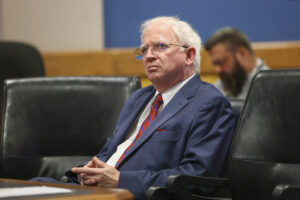
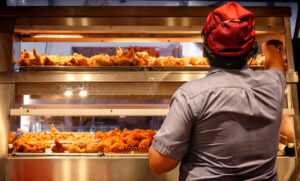
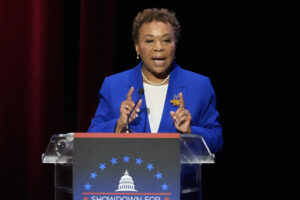
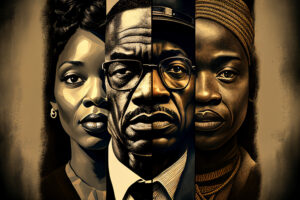
You need to be a supporter to comment.
There are currently no responses to this article.
Be the first to respond.